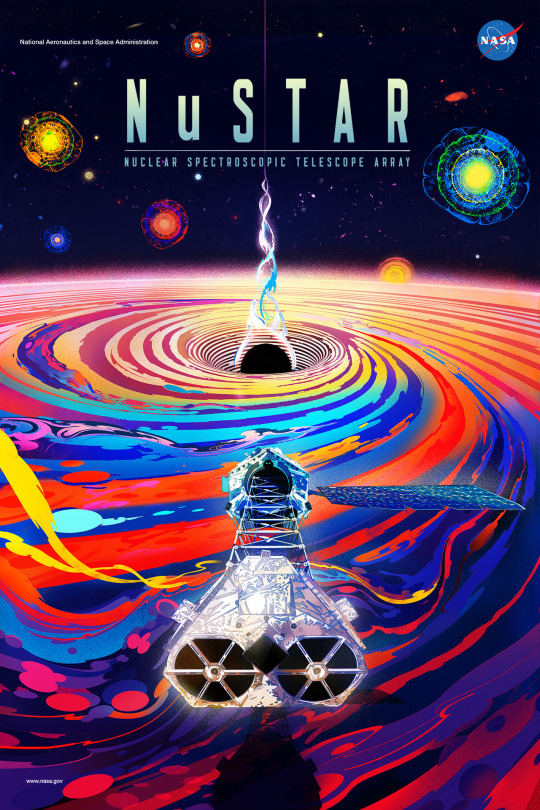#NuSTAR
Explore tagged Tumblr posts
Text
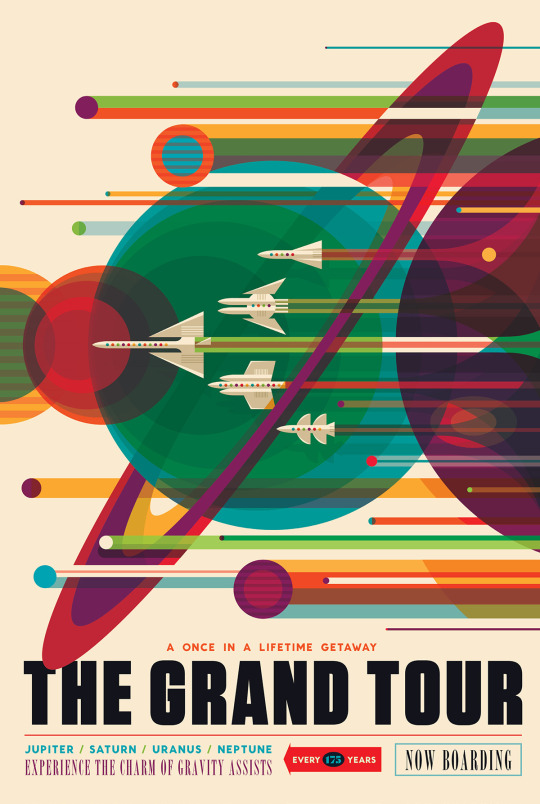
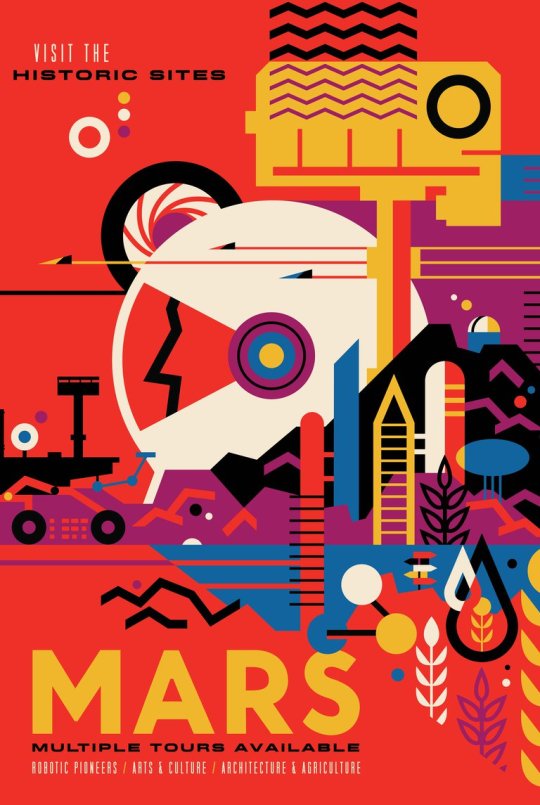
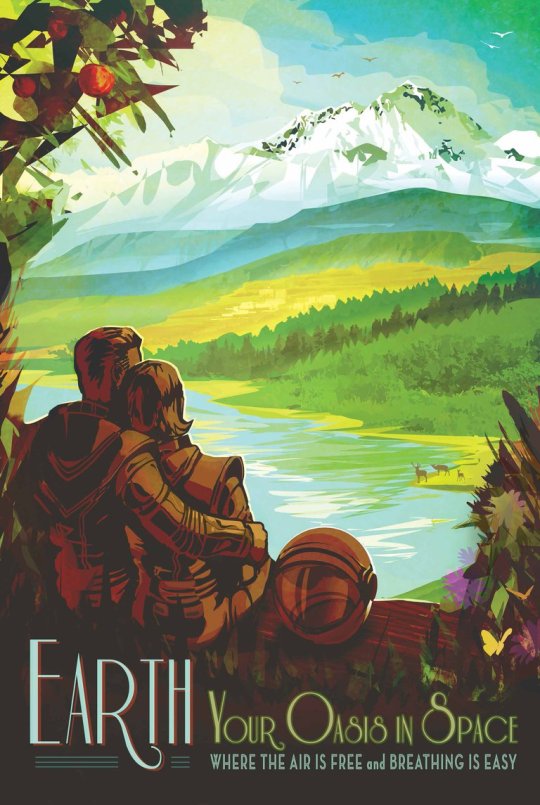
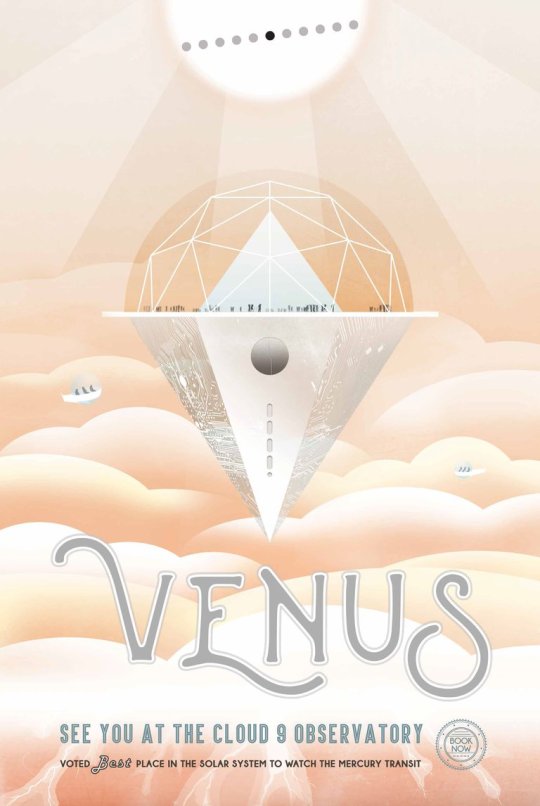
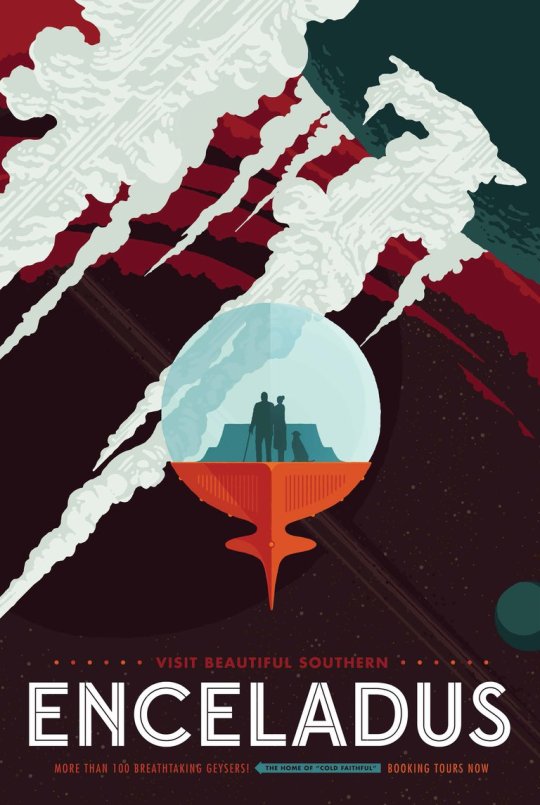

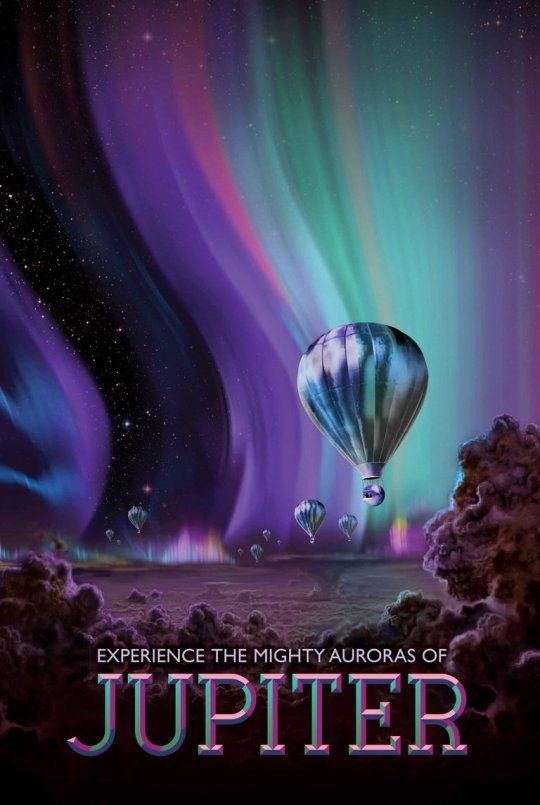
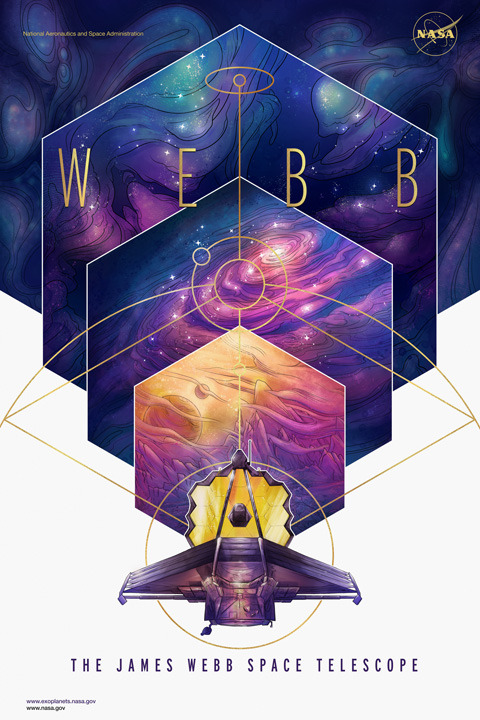
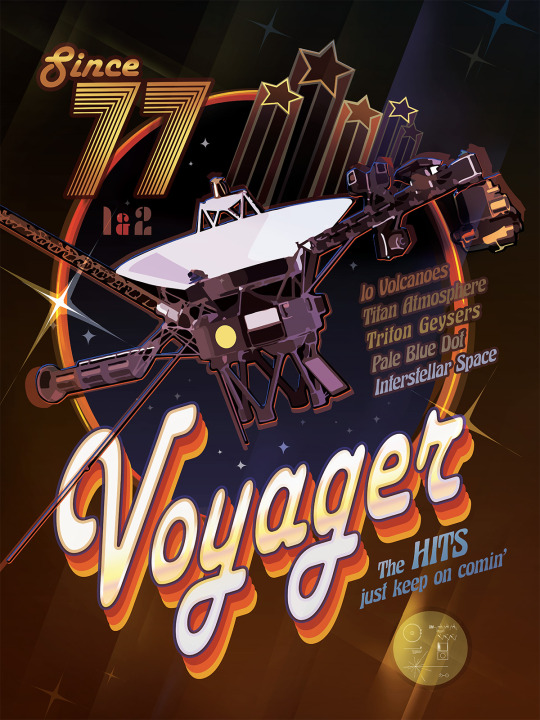
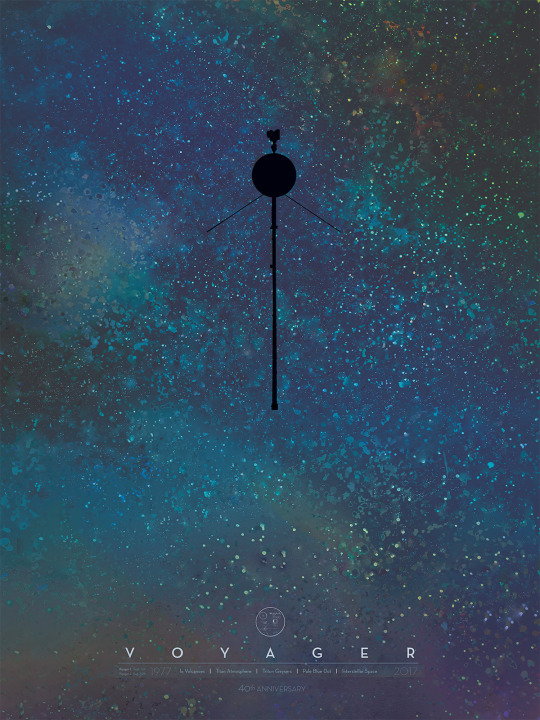
VISIONS OF THE FUTURE
Background: A creative team of visual strategists at JPL, known as "The Studio," created the poster series, which is titled "Visions of the Future." Nine artists, designers, and illustrators were involved in designing the 14 posters, which are the result of many brainstorming sessions with JPL scientists, engineers, and expert communicators. Each poster went through a number of concepts and revisions, and each was made better with feedback from the JPL experts.
David Delgado, creative strategy: The posters began as a series about exoplanets -- planets orbiting other stars -- to celebrate NASA's study of them. (The NASA program that focuses on finding and studying exoplanets is managed by JPL.) Later, the director of JPL was on vacation at the Grand Canyon with his wife, and they saw a similarly styled poster that reminded them of the exoplanet posters. They suggested it might be wonderful to give a similar treatment to the amazing destinations in our solar system that JPL is currently exploring as part of NASA. And they were right! The point was to share a sense of things on the edge of possibility that are closely tied to the work our people are doing today. The JPL director has called our people "architects of the future." As for the style, we gravitated to the style of the old posters the WPA created for the national parks. There's a nostalgia for that era that just feels good.
Joby Harris, illustrator: The old WPA posters did a really great job delivering a feeling about a far-off destination. They were created at a time when color photography was not very advanced, in order to capture the beauty of the national parks from a human perspective. These posters show places in our solar system (and beyond) that likewise haven't been photographed on a human scale yet -- or in the case of the exoplanets might never be, at least not for a long time. It seemed a perfect way to help people imagine these strange, new worlds.
Delgado: The WPA poster style is beloved, and other artists have embraced it before us. Our unique take was to take one specific thing about the place and focus on the science of it. We chose exoplanets that had really interesting, strange qualities, and everything about the poster was designed to amplify the concept. The same model guided us for the posters that focus on destinations in the solar system.
Lois Kim, typography: We worked hard to get the typography right, since that was a very distinctive element in creating the character of those old posters. We wanted to create a retro-future feel, so we didn't adhere exactly to the period styles, but they definitely informed the design. The Venus poster has a very curvy, flowy font, for example, to evoke a sense of the clouds.
Creative Strategy: Dan Goods, David Delgado
Illustrators: Liz Barrios De La Torre (Ceres, Europa); Stefan Bucher (Jupiter Design); Invisible Creature (Grand Tour, Mars, Enceladus) ;Joby Harris (Kepler 16b, Earth, Kepler 186f, PSO J318.5-22, Titan); Jessie Kawata (Venus); Lois Kim (Typography for Venus and Europa); Ron Miller (Jupiter Illustration)
Credit: NASA/JPL-Caltech
Free hi-res download poster designs of these and more from Nasa, credits and source text at the links:
VISIONS OF THE FUTURE: https://www.jpl.nasa.gov/galleries/visions-of-the-future
VOYAGER: https://voyager.jpl.nasa.gov/downloads
Bonus freebies - GALAXY OF HORRORS : https://exoplanets.nasa.gov/alien-worlds/galaxy-of-horrors/
:read more:
1. NASA's Voyager mission took advantage of a once-every-175-year alignment of the outer planets for a grand tour of the solar system. The twin spacecraft revealed details about Jupiter, Saturn, Uranus and Neptune – using each planet's gravity to send them on to the next destination. Voyager set the stage for such ambitious orbiter missions as Galileo to Jupiter and Cassini to Saturn. Today both Voyager spacecraft continue to return valuable science from the far reaches of our solar system.
Delgado: The Grand Tour is the route the Voyager 2 spacecraft took to visit all four outer planets. We imagined this would be something people might want to repeat, since it's a flight plan that's possible every 175 years or so, when the outer planets are arranged just right. In the future, it might be considered "quaint" to experience a gravity assist. Harris: Style-wise, the design came from some references we looked at from transparency overlays from the 1960s. It initially had a black background, but we inverted it and the design just clicked.
2. NASA's Mars Exploration Program seeks to understand whether Mars was, is, or can be a habitable world. Missions like Mars Pathfinder, Mars Exploration Rovers, Mars Science Laboratory and Mars Reconnaissance Orbiter, among many others, have provided important information in understanding of the habitability of Mars. This poster imagines a future day when we have achieved our vision of human exploration of Mars and takes a nostalgic look back at the great imagined milestones of Mars exploration that will someday be celebrated as “historic sites.”
Delgado: This was the very last poster we produced for the series. We wanted to imagine a future time where humans are on Mars, and their history would revere the robotic pioneers that came first. There are a few fun things to point out here. You can see the silhouette of Olympus Mons in the background, there's a hint of underground water, and the rover's wheel is spelling out JPL on the ground in Morse code, just like the Curiosity rover does (for what the rover drivers call "visual odometry.")
3. There's no place like home. Warm, wet and with an atmosphere that's just right, Earth is the only place we know of with life – and lots of it. JPL's Earth science missions monitor our home planet and how it's changing so it can continue to provide a safe haven as we reach deeper into the cosmos.
4. The rare science opportunity of planetary transits has long inspired bold voyages to exotic vantage points – journeys such as James Cook's trek to the South Pacific to watch Venus and Mercury cross the face of the Sun in 1769. Spacecraft now allow us the luxury to study these cosmic crossings at times of our choosing from unique locales across our solar system.
Harris: We tried a few different designs for Venus, starting with the surface, but the intent was to show things people might find pleasant, and Venus' surface is anything but. Kim: The scene is of a city in the clouds during a transit of Mercury across the sun. The Morse code for the number 9 is written on the side (signifying the inhabitants are "on cloud 9").
5. The discovery of Enceladus' icy jets and their role in creating Saturn's E-ring is one of the top findings of the Cassini mission to Saturn. Further Cassini mission discoveries revealed strong evidence of a global ocean and the first signs of potential hydrothermal activity beyond Earth – making this tiny Saturnian moon one of the leading locations in the search for possible life beyond Earth.
Delgado: Saturn's moon Enceladus is all about the plumes erupting from its south pole. At our first brainstorming session, someone called the plumes "Cold Faithful," and that helped crystallize this idea quite quickly. There's no right way up in space, so for fun, we turned the surface upside down from the point of view of the visitors in the picture.
6. The Nuclear Spectroscopic Telescope Array, or NuSTAR, complements NASA’s other astrophysics missions studying the universe in various spectra by observing the cosmos in high energy X-rays. The observatory’s unique design includes a lightweight mast, which deployed to its full length of 10 meters (33 feet) after the observatory reached Earth orbit following its launch on June 13, 2012. Typically, researchers point one of NuSTAR’s bulky ends – which contains the optics, or the hardware that collects X-rays – at the object they want to study. The light travels along the boom to the detectors, located at the other end of the spacecraft. The distance between the two is necessary to focus the light. As the first space telescope capable of taking focused high energy X-ray observations, NuSTAR has provided an unprecedented view of high energy objects, such as remnants of supernova explosions, like black holes and neutron stars, as well as the monster black holes that live in the centers of galaxies. After a decade of operation, NuSTAR continues to open new horizons, discover fascinating objects, and expand our knowledge of the Universe.
7. The Jovian cloudscape boasts the most spectacular light show in the solar system, with northern and southern lights to dazzle even the most jaded space traveler. Jupiter's auroras are hundreds of times more powerful than Earth's, and they form a glowing ring around each pole that's bigger than our home planet. Revolving outside this auroral oval are the glowing, electric “footprints” of Jupiter's three largest moons. NASA's Juno mission will observe Jupiter's auroras from above the polar regions, studying them in a way never before possible.
Delgado: The basis for this poster was a Jupiter cloudscape by artist Ron Miller, who was very gracious in allowing us to modify his painting. In talking with a lead scientist on NASA's Juno mission (which is getting to Jupiter in July), we locked onto his description of the brilliant auroras Jupiter has. It would truly be a sight to see.
8. NASA’s James Webb Space Telescope is a true technological marvel. The largest and most complex space telescope ever built, Webb is able to gather light that has been traveling for 13.5 billion years, almost since the beginning of the universe. In effect, Webb is a time machine, allowing us to peer at the first galaxies to form after the Big Bang. Because it gathers infrared light, sees right through the giant clouds of dust that block the view of most other telescopes. Webb is 100 times more powerful than the Hubble Space Telescope. Most notably, with its 21-foot-wide (6.5-meter-wide) set of segmented mirrors, Webb is powerful enough to search for water vapor in the atmospheres of planets orbiting other stars. It will open a new window on these exoplanets, observing them in wavelengths of light at which they have never been seen before and helping us gain new insights about their nature. Webb will help us understand how galaxies evolve over billions of years into grand spirals, like our own Milky Way, search for signs of habitability on distant planets, and penetrate into the hearts of dust-shrouded stellar nurseries. The observatory launched from South America on Christmas Day 2021.
9. The Voyagers Rock On
Thanks to the twin Voyager spacecraft, music is truly universal: Each carries a Golden Record with sights, sounds and songs from Earth as it sails on through the yaget Milky Way. Recalling the classic rock era of the late 1970s when the Voyagers launched this poster is an homage to the mission's greatest hits. Some of the most extraordinary discoveries of the probes' first 40 years include the volcanoes on Jupiter's moon lo, the hazy nitrogen atmosphere of Saturn's moon Titan and the cold geysers on Neptune's moon Triton. Voyager 1 is also the first spacecraft to deliver a portrait of our planets from beyond Neptune, depicting Earth as a 'pale blue dot,' and, as of Aug. 25, 2012, to enter interstellar space. Voyager 2 is expected to enter interstellar space in the coming years. Even after 40 years, the Voyagers' hits just keep on coming.
10. The Voyagers: Reaching for the Stars
The twin Voyager spacecraft, which launched in 1977, are our ambassadors to the rest of the Milky Way, destined to continue orbiting the center of our galaxy for billions of years after they stop communicating with Earth. On Aug. 25, 2012, Voyager 1 became the first human-made object to enter interstellar space, and Voyager 2 is expected to cross over in the next few years. At age 40, the Voyagers are the farthest and longest-operating spacecraft and still have plenty more to discover. This poster captures the spirit of exploration, the vastness of space and the wonder that has fueled this ambitious journey to the outer planets and beyond.
#nasa#space#astronomy#design#graphic design#posters#typography#lettering#science#science fiction#planets#satellites#VOYAGER#mars#Venus#earth#Jupiter#enceladus#nustar#james webb telescope#telescopes#stars#the golden record
33 notes
·
View notes
Note
Can you make a persona of IXPE and a persona of NuSTAR? They’re both X-ray space telescopes
This is what IXPE looks like:
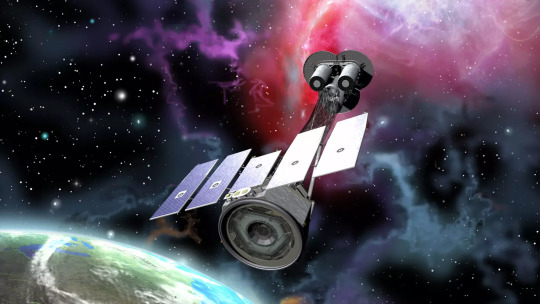
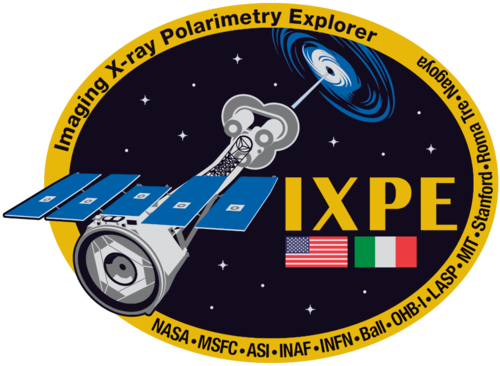
And this is NuSTAR:
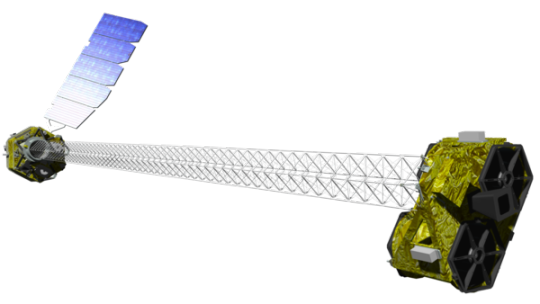
Here you go! Hope you like them!
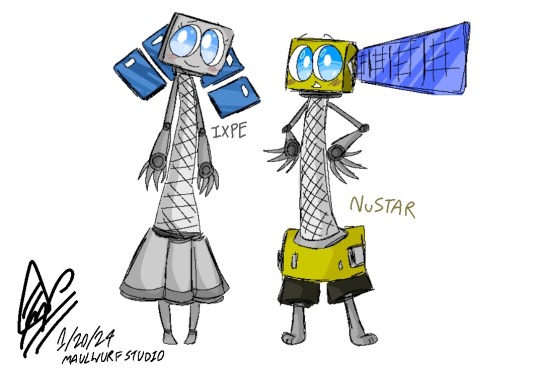
6 notes
·
View notes
Text
Estudian extraña fuente de radio que proviene de la galaxia NGC 7582
Un AGN es una región compacta en el centro de una galaxia, más luminosa que la luz d... https://skycr.org/2023/04/08/estudian-extrana-fuente-de-radio-que-proviene-de-la-galaxia-ngc-7582/
Utilizando los telescopios espaciales XMM-Newton de la ESA y NuSTAR de la NASA, los astrónomos han observado una galaxia activa cercana conocida como NGC 7582. Los resultados de la campaña de observación, publicados el 30 de marzo en el servidor de preimpresión arXiv, arrojan más luz sobre la variabilidad espectral de rayos X. del núcleo galáctico activo (AGN) de NGC 7582. Un AGN es una región…
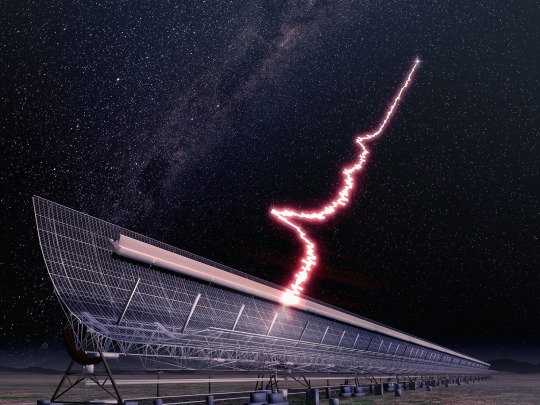
View On WordPress
3 notes
·
View notes
Video
NASA’s NuSTAR Telescope Reveals Hidden Light Shows on the Sun by NASA's Marshall Space Flight Center Via Flickr: Even on a sunny day, human eyes can’t see all the light our nearest star gives off. A new image displays some of this hidden light, including the high-energy X-rays emitted by the hottest material in the Sun’s atmosphere, as observed by NASA’s Nuclear Spectroscopic Telescope Array (NuSTAR). While the observatory typically studies objects outside our solar system – like massive black holes and collapsed stars – it has also provided astronomers with insights about our Sun. In this composite image, NuSTAR data is represented as blue and is overlaid with observations by the X-ray Telescope (XRT) on the Japanese Aerospace Exploration Agency’s Hinode mission, represented as green, and the Atmospheric Imaging Assembly (AIA) on NASA’s Solar Dynamics Observatory (SDO), represented as red. NuSTAR’s relatively small field of view means it can’t see the entire Sun from its position in Earth orbit, so the observatory’s view of the Sun is actually a mosaic of 25 images, taken in June 2022. The high-energy X-rays observed by NuSTAR appear at only a few locations in the Sun’s atmosphere. By contrast, Hinode’s XRT detects low-energy X-rays, and SDO’s AIA detects ultraviolet light – wavelengths that are emitted across the entire face of the Sun. Image Credit: NASA/JPL-Caltech/JAXA #nasa #marshallspaceflightcenter #msfc #heliophysics #sun #space #solar #observation #star #astronomy #science #hinode #SDO #SolarDynamicsObservatory #NuSTAR Read More More about NuSTAR More about Solar Dynamics Observatory More about Hinode NASA Media Usage Guidelines
#NASA#NASA's#Marshall#Space#Flight#Center#Heliophysics#Sun#Hinode#NuSTAR#SDO#Solar Dynamics Observatory#Goddard Space Flight Center#GSFC#flickr
4 notes
·
View notes
Text
Leasure can come later. When you delay instant gratification, you will experience long-term satisfaction.

#architecture#archilovers#sunrise#nustar#cebumodermarchitecture#cebuskyline#architecturalphotography#architecturephoto#quotestoliveby
2 notes
·
View notes
Text
Mott 32 Cebu Receives Prestigious TripAdvisor Award Ranking Among the Top 10% of Restaurants Worldwide

Mott 32 Cebu, the renowned dining destination at NUSTAR Resort Cebu, has earned global recognition by being named one of the top 10% of restaurants worldwide by TripAdvisor. This prestigious accolade highlights the restaurant’s unwavering commitment to culinary excellence, world-class service, and an unparalleled dining experience that consistently exceeds guest expectations. Mott 32 Cebu has quickly become one of the top destinations for fine dining in Cebu, offering a seamless fusion of traditional Chinese flavors with modern innovation, serving dishes made from the finest ingredients. Guests are welcomed into a bespoke, world-class interior that enhances the dining experience, offering a luxurious atmosphere that perfectly complements the restaurant’s exceptional culinary offerings.

Mott 32 is the one of the most awarded Chinese restaurant brands in the World with locations including Hong Kong, Las Vegas, Vancouver, Singapore, Dubai, Toronto, Bangkok, Seoul and Cebu with Los Angeles, Bali, Riyadh, Manila, Mumbai and Scottsdale in development. Representing modern Hong Kong, Mott 32 embodies Chinese culture and philosophy with modern recipes that have been refined from generation-to-generation, delivering authentic with a modern touch and built on sustainable values. I have dined at two of their global locations including the one inside Marina Bay Sands Singapore and also the branch in Central, Hong Kong. That's why I am also excited to dine at the new branch in NUSTAR Resort Cebu one of these days.

The restaurant's private dining rooms provide an exclusive space to host intimate events, such as family gatherings, celebrations, and corporate meetings. Designed to offer both privacy and elegance, these rooms ensure a memorable setting for guests seeking a refined atmosphere for their special occasions or business functions.

Mott 32 Cebu also boasts a beautifully designed bar and terrace, making it a great place for cocktails and a perfect spot for a night out. The intimate yet sophisticated setting offers guests a range of handcrafted cocktails, allowing them to unwind and enjoy their evening in style. Whether for pre-dinner drinks or a full night of socializing, the bar and terrace provide a chic and inviting ambiance.

The menu at Mott 32 Cebu features a range of signature dishes, including the renowned Apple Wood Roasted Peking Duck, Crispy Soft Shell Crab, and Smoked Black Cod, all carefully crafted to highlight the rich flavors of Cantonese, Szechuan, and Beijing cuisine. The restaurant’s commitment to culinary excellence is further reflected in its array of handcrafted dim sum and other distinctive offerings.

The TripAdvisor award is based on millions of guest reviews and opinions shared globally, underscoring Mott 32 Cebu’s reputation for excellence in both culinary artistry and service. This recognition highlights the restaurant’s status as a world-class destination for food lovers and discerning guests alike. For inquiries and table reservations, contact NUSTAR Restaurant Reservations at (032) 888 8282. Walk-ins are also welcome, based on availability, on a first come, first served basis.
0 notes
Text
Los investigadores utilizaron el instrumento de polarimetría del observatorio espacial IXPE, llamado POLAR, para estudiar la polarización de la luz de rayos X emitida por los chorros del sistema binario SS 433
Los resultados del estudio, publicado en la revista Nature Astronomy, mostraron que la luz de rayos X de los chorros está polarizada en un grado de hasta el 40%. La polarización de la luz de rayos X es una medida de la dirección en la que se vibra la luz. En el caso de los rayos X, la polarización puede proporcionar información sobre la fuente de la luz y el camino que ha recorrido. En el caso…

View On WordPress
#astrofísica#Astronomía#binarios#Centro Marshall#Estudios#Interactuando#Investigaciones#Ixpe#JPL-Caltech#NASA#Nebulosa#Nustar#Observatorio de Rayos Gamma Cherenkov#partículas#Universo#XMM-Newton
1 note
·
View note
Photo
[source]

Arp 299: Black Holes in Colliding Galaxies
Credits: NASA, JPL-Caltech, GSFC, Hubble, NuSTAR
#reblog#apod#astronomy#arp 299#ic 694#ngc 3690#merging galaxies#ursa major#hubble space telescope#nustar
65 notes
·
View notes
Link
No episódio de hoje, vamos trazer uma rodada de notícias para vocês sobre o que tem acontecido no nosso universo. Vamos começar falando sobre a luz oculta do Sol, isso mesmo, você sabia que existe um tipo de luz que só determinados instrumentos podem ver, e é sobre isso que vamos falar com vocês, vamos falar também de uma startup de Inteligência Artificial que usa imagens de satélites para rastrear veículos aéreos, inclusive usou para rastrear o famoso balão chinês que cruzou os céus dos EUA no dia 4 de fevereiro de 2023, vamos falar sobre um novo tipo de aurora que os astrônomos descobriram nas 4 maiores lua de Júpiter usando um dos maiores telescópios na Terra, o Keck e vamos terminar falando sobre uma pesquisa que encontrou pegadas de uma migração em massa de estrelas na galáxia de Andrômeda.
#andrômeda#auroras#balão#china#esa#estrelas#gaia#galáxia#ia#júpiter#keck#luas#nasa#nustar#ovnis#raic#raios-x#sol#synthetaic#vermelhas
0 notes
Text
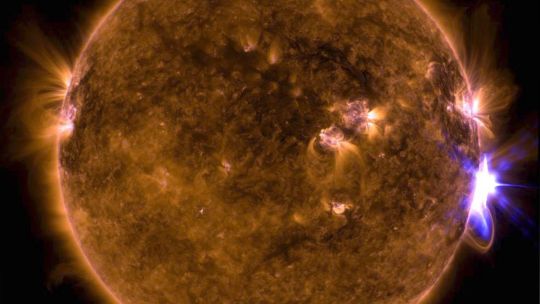
The bright flash of a solar flare captured by NASA's Solar Dynamics Observatory.
Dazzling images of the sun
(Image credit: NASA)

Active regions of the sun are shown with X-Ray imaging taken by the NuSTAR telescope.
#nasa#photographer#sun#space#astronomy#science#solar flare#nature#nasa's solar dynamics observatory#nustar telescope#x-ray image
25 notes
·
View notes
Link
AMALFI CONDO AT CITY DI MARE READY FOR OCCUPANCY
0 notes
Text
Estudian extraña fuente de radio que proviene de la galaxia NGC 7582
Utilizando los telescopios espaciales XMM-Newton de la ESA y NuSTAR de la NASA, los astrónomos han observado una galaxia activa cercana conocida como NGC 7582. Los resultados de la campaña de observación, publicados el 30 de marzo en el servidor de preimpresión arXiv, arrojan más luz sobre la variabilidad espectral de rayos X. del núcleo galáctico activo (AGN) de NGC 7582. Un AGN es una región…
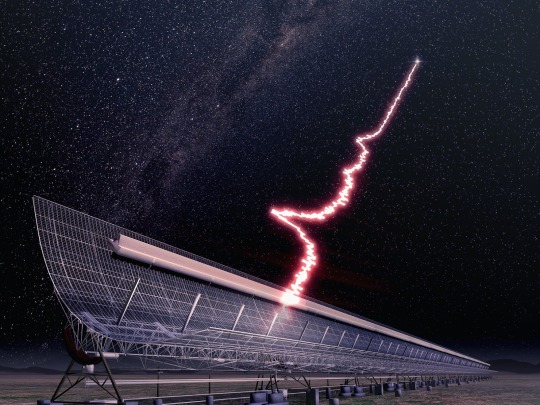
View On WordPress
0 notes
Text

Croatian militiawoman, Nustar, 1991.
16 notes
·
View notes
Text
NASA Study Helps Explain Limit-Breaking Ultraluminous X-ray Sources
Estudio de la NASA ayuda a explicar las fuentes de rayos X ultraluminosas que superan los límites En esta ilustración de una fuente de rayos X ultraluminosa, dos ríos de gas caliente son arrastrados hacia la superficie de una estrella de neutrones Estos objetos son más de 100 veces más brillantes de lo que deberían ser. Créditos: NASA/JPL-Caltech Los fuertes campos magnéticos, que se…
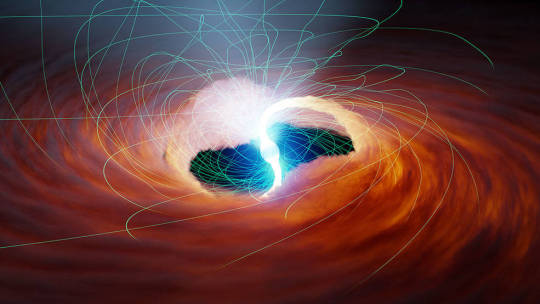
View On WordPress
1 note
·
View note
Photo
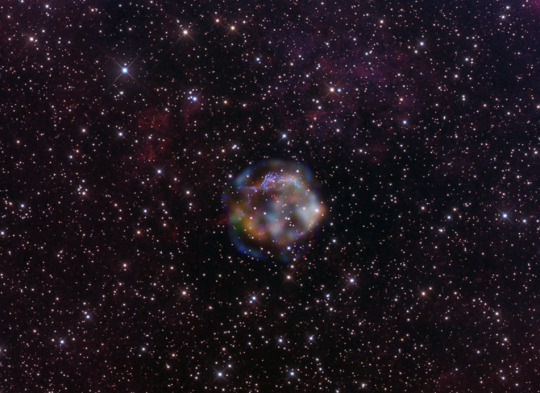
Cas A: Optical and X-ray
Credits: NASA, NuSTAR, Ken Crawford, Rancho Del Sol Obs.
45 notes
·
View notes
